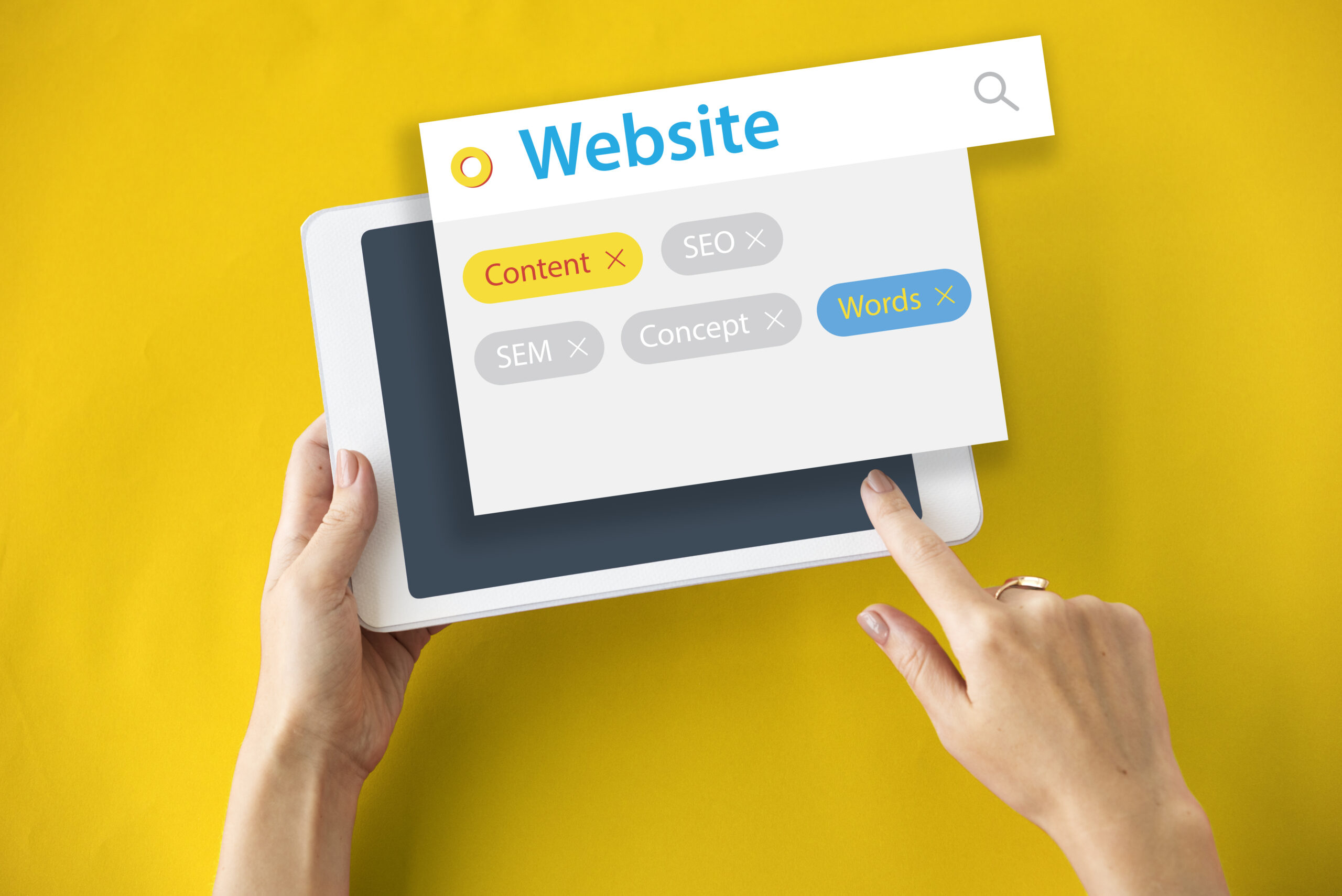Creating a website can be an exciting project. However, it’s essential to avoid common pitfalls that can make your website less effective and even harm your online presence. Here are the five most common mistakes people make when building a website and tips on avoiding them.
Choosing the Wrong Hosting Platform
Selecting a hosting platform is one of the first and most critical decisions. This decision can significantly impact your website’s performance, reliability, and cost. Many beginners need to understand their needs when choosing a hosting provider, which can lead to poor website performance and higher cost in the long run.
Why Hostinger?
Hostinger is highly recommended because it offers some of the lowest rates in the web hosting space. A plan for your first year costs under $3 a month, making it an affordable option for those just starting out. Despite its low cost, Hostinger provides reliable performance, excellent customer service, and essential features like daily backups and security measures.
Starting from $2.99/month
Discount Code: MYFIRSTWEBSITE
Key Features
Extremely affordable
User-friendly control panel
LiteSpeed Cache for faster loading times
Why We Recommend It
Storage and Bandwidth:
30 GB SSD storage
100 GB bandwidth
Extras:
Free SSL certificate
Pros & Cons
- Low starting price
- Good performance for the price
- No free domain in the lowest-tier plan
- Support can be slow during peak times
Tips for Choosing the Right Hosting Platform
- Assess Your Needs: Consider the type of website you’re building (e.g., blog, e-commerce, portfolio) and choose a hosting plan that suits your needs.
- Research and Compare: Review reviews and compare different hosting providers to see which offers the best value for money.
- Check for Essential Features: Ensure the hosting provider offers essential features like SSL certificates, daily backups, and 24/7 support.
Having a Cluttered and Difficult-to-Navigate Website
A common mistake is creating a cluttered web that could be clearer and easier to navigate. Visitors to your site should be able to find what they’re looking for quickly and easily. A disorganized site with too many elements can overwhelm visitors and drive them away.
Why Use a Template?
Using a template can help you avoid this mistake. Templates are pre-designed layouts that ensure your website looks professional and is easy to navigate. They offer a clean and organized structure, which is especially helpful if you’re not experienced in web design.
Tips for Creating a User-Friendly Website
- Keep It Simple: Avoid overloading your website with too many images, videos, or text blocks. Keep the design clean and straightforward.
- Organize Content: Organize your content using clear headings, subheadings, and bullet points. This will make it easier for visitors to find the information they need.
- Navigation Menu: Ensure your navigation menu is easy to find and use. It should include links to your site’s most important pages.
Not Making Your Website Mobile-Friendly
With over 60% of all web traffic coming from mobile devices, ensuring your website looks good and functions well on mobile devices is crucial. Failing to optimize your site for mobile users can result in a poor user experience and loss of potential visitors.
Why Mobile Optimization Matters
Mobile users expect a seamless experience. If your website is not mobile-friendly, visitors may leave and never return. A mobile-friendly website adjusts to fit any screen size, making it easy to read and navigate on a smartphone or tablet.
Tips for Mobile Optimization
- Responsive Design: Use a responsive design that automatically adjusts the layout of your site to fit different screen sizes.
- Test on Multiple Devices: Test your website on various mobile devices to ensure it looks good and functions properly.
- Simplify Navigations: Make sure buttons and links are easy to click on smaller screens. Use larger fonts and avoid using too many elements that require precise clicks.
Having Slow Page Load Times
A slow-loading website can frustrate visitors and cause them to leave before your site loads. Page speed is also a crucial factor for search engine rankings. If your website loads slowly, it could affect your position in search results, making it harder for potential visitors to find you.
How to Improve Page Speed
Improving your website’s speed involves a few key strategies. One of the main factors is your hosting plan. Make sure you have the correct hosting plan for the amount of traffic your site receives. Optimizing the file size of images and other media can significantly reduce load times.
Tips for Speed Optimization
- Choose the Right Hosting Plan: Ensure your hosting plan can handle the traffic your site receives. Upgrading to a better plan can improve speed.
- Optimize Images: Reduce the file size of images without compromising quality. Compress images using tools like Photoshop or online services.
- Minimize Plugins: Use only essential plugins and remove any that you don’t need. Too many plugins can slow down your site.
- Enable Caching: Caching stores copies of your site’s pages to load faster for returning visitors.
Not Having Backups of Your Website
Imagine losing all your website data due to a server crash, hacking, or accidental deletion. Without backups, this can be a nightmare. Regular backups ensure you can quickly restore your site to its previous state if something goes wrong.
Why Daily Backups?
Daily backups are essential because they ensure you have a recent website copy. Hostinger offers daily backups for under $3 a month, making it an affordable way to protect your data. With daily backups, you can recover your site to its most recent state, minimizing data loss.
Tips for Effective Backups
- Automate Backups: Use a hosting provider that offers automated daily backups. This takes the hassle out of remembering to back up your site manually.
- Store Backups Offsite: Keep your backups separate from your hosting server. This ensures you can still access them if your server goes down.
- Test Restorations: Periodically test your backups to ensure they can be successfully restored.
Conclusion
Building a website involves many steps, and it’s easy to make mistakes along the way. By choosing the right hosting platform, keeping your site uncluttered and easy to navigate, optimizing for mobile devices, ensuring fast load times, and maintaining regular backups, you can avoid common pitfalls and create a successful website. Remember, a well-built website is about aesthetics, functionality, and user experience. Take the time to plan and execute each step carefully; your website will be a valuable asset to your online presence.
Get Your Dropshipping Website Up and Running with Ease!
Free Basic Website Setup: If you’re starting and need an essential website, our free setup service will get you online quickly! While we don’t offer design or ongoing management, we ensure your site has everything essential.





